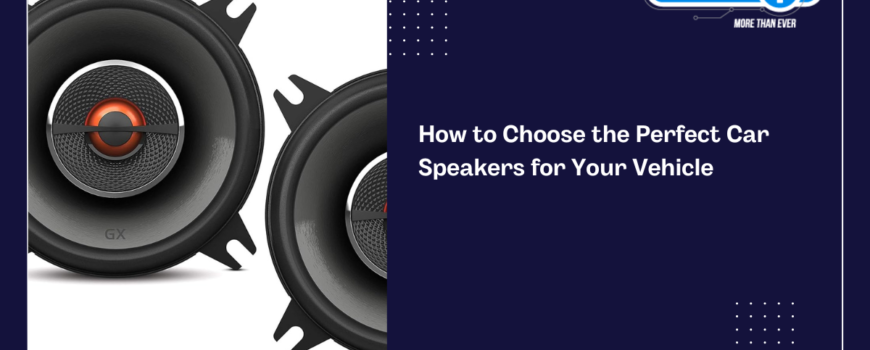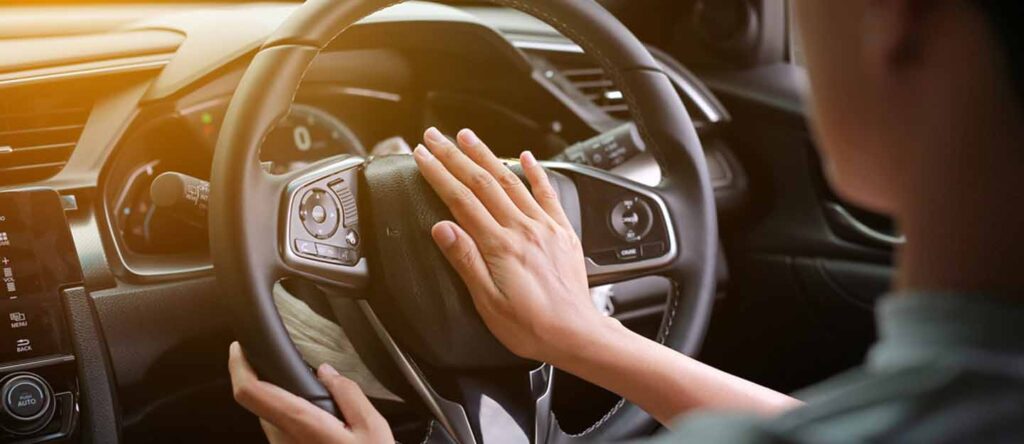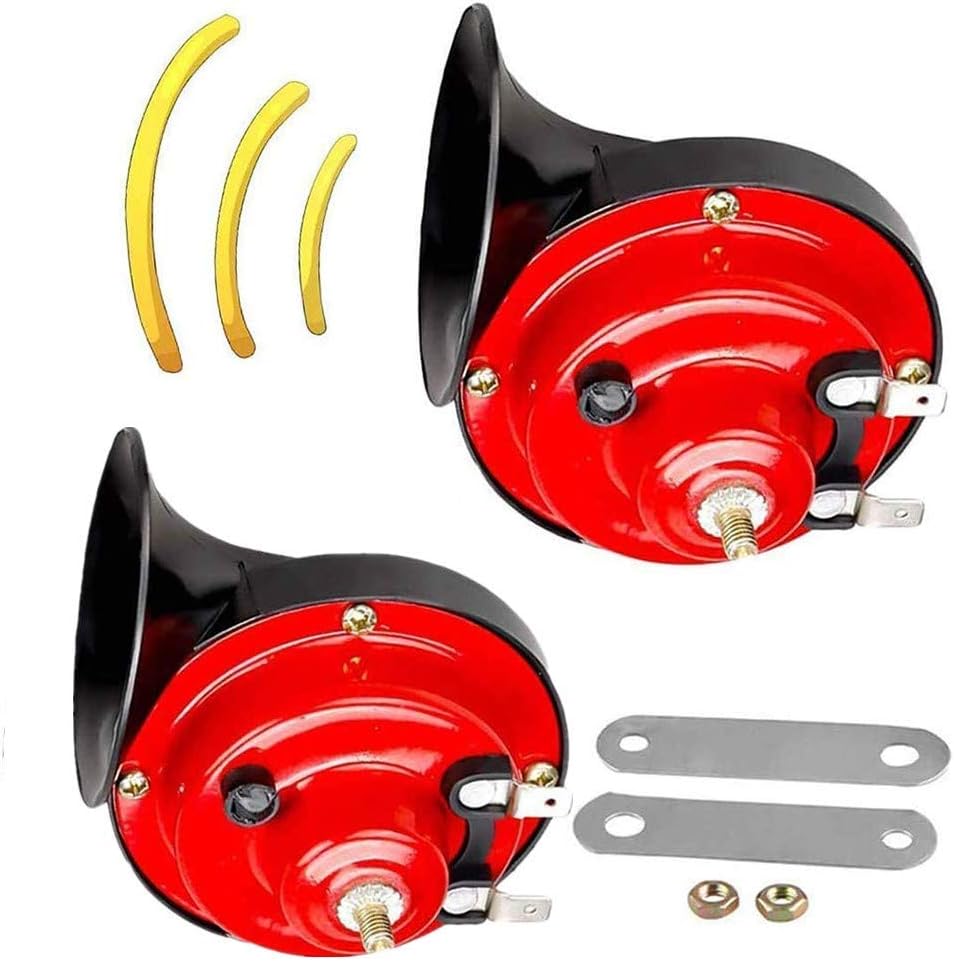Are you looking to upgrade your car’s entertainment and navigation system? Infotainment Android Systems have revolutionized how we interact with our vehicles, offering a blend of entertainment, navigation, and connectivity. With various options available, selecting the right system can be challenging. Here’s a guide to help you choose the best Infotainment Android System for your vehicle.
What Are Infotainment Android Systems?
Infotainment Android Systems combine information and entertainment, integrating navigation, media playback, and communication functions. These systems run on the Android operating system, offering a familiar interface with access to countless apps. From streaming music to using Google Maps, these systems enhance the driving experience.
What can Car Infotainment Android Systems do?
Car infotainment Android systems have revolutionized the driving experience by integrating various features into a single, user-friendly interface. Here’s a breakdown of what modern car infotainment Android systems can do:
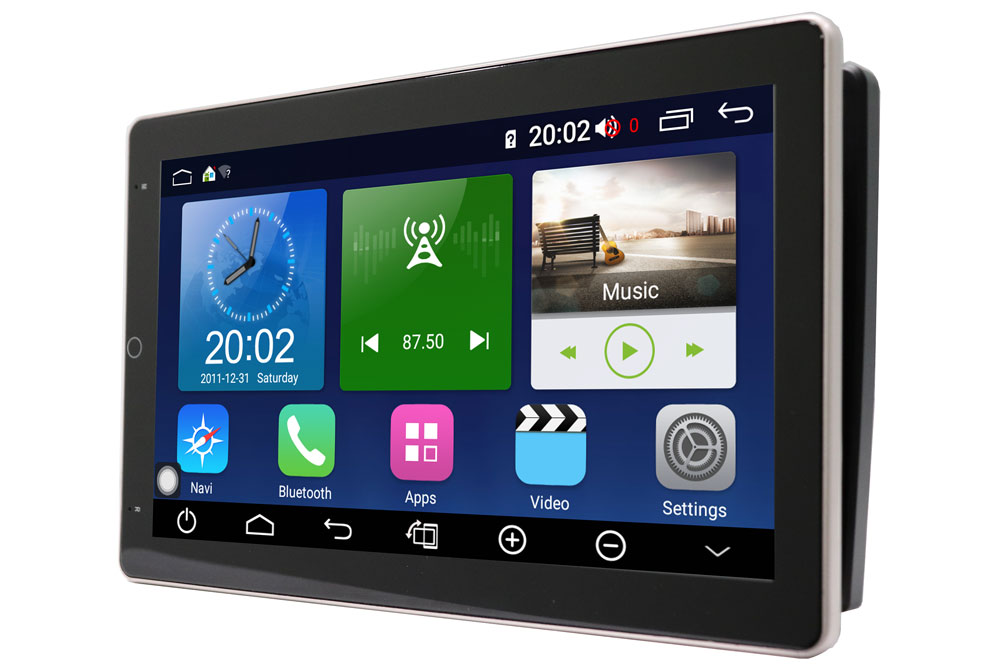
Navigation
GPS Navigation: Provides real-time navigation with turn-by-turn directions, traffic updates, and alternative routes to avoid congestion.
Offline Maps: Many systems offer offline maps, ensuring you don’t get lost even in areas with poor internet connectivity.
Entertainment
Music Playback: Supports multiple audio formats and streaming services like Spotify, Pandora, and Apple Music.
Video Playback: Some systems can play videos from various sources, including USB drives and streaming apps, though this feature is typically limited to when the car is stationary.
Radio: Access to AM/FM radio, internet radio, and satellite radio services like SiriusXM.
Connectivity
Bluetooth: Enables hands-free calling, wireless music streaming, and syncing contacts and messages.
Wi-Fi Hotspot: Some systems can act as a Wi-Fi hotspot, providing internet access to other devices in the car.
Smartphone Integration: Supports Android Auto and Apple CarPlay, allowing you to mirror your smartphone’s interface on the infotainment Android system screen.
Communication
Hands-Free Calling: Make and receive calls without taking your hands off the wheel.
Text-to-Speech: Read out text messages and emails and respond using voice commands.
Control and Convenience
Voice Commands: Use voice recognition to control various functions like navigation, calling, and media playback.
Touchscreen Controls: Intuitive touchscreens for easy access to apps and settings.
Steering Wheel Controls: Integration with steering wheel buttons for safer, hands-free operation.
Vehicle Information
Diagnostic Information: Display real-time data from your car’s onboard diagnostic system, such as engine status, tire pressure, and fuel economy.
Rear-View Camera: Integration with backup cameras to assist with parking and reversing.
Climate Control: Some systems can control the car’s climate settings, offering a centralized interface for all vehicle controls.
Internet and Apps
App Integration: Download and use various apps from the Google Play Store for music, navigation, weather, news, and more.
Social media: Access social media platforms to stay connected, though for safety reasons, this is often restricted to when the car is not in motion.
Web Browsing: Surf the internet using the car’s infotainment Android system screen.
Customization
User Profiles: You can set up multiple user profiles, each with personalized settings for navigation routes, preferred music, and more.
Theming and Layouts: Customize the look and feel of the interface with different themes and layouts.
Security and Updates
Software Updates: Receive over-the-air updates to keep the system current with the latest features and security patches.
Security Features: Some systems offer features like remote lock/unlock, finding my car, and even immobilization in case of theft.
Enhanced Driving Assistance
Driver Assistance Systems: Integration with advanced driver assistance systems (ADAS) like lane-keeping assist, adaptive cruise control, and collision warning systems.
Parking Assistance: Use sensors and cameras to aid in parking, displaying a visual guide on the infotainment screen.
Integrated Cameras
Dash Cameras: Record your drives for security and insurance purposes.
360-Degree Cameras: Provide a bird’s-eye view of your vehicle for easier maneuvering in tight spaces.
Data and Analytics
Driving Analytics: Track your driving habits, fuel consumption, and other metrics to improve efficiency.
Trip Logs: Maintain logs of your trips, which are helpful for business travel and mileage tracking.
Key Features to Consider for Infotainment Systems
When choosing an Infotainment Android System, several features should be evaluated:
Display Quality
A high-resolution screen is crucial for clear visuals. Look for systems with HD or better resolutions. Touchscreen responsiveness is also essential for easy operation while driving. A larger screen size can also enhance usability and visibility, making it easier to interact with apps and controls.
Connectivity Options
Ensure the system supports Bluetooth, Wi-Fi, and USB connections. These allow for seamless integration with smartphones and other devices, enabling hands-free calling and media streaming. Additionally, consider systems that offer NFC (Near Field Communication) for quicker pairing with compatible devices.
Navigation Capabilities
Built-in GPS is a must-have. Systems using Google Maps or similar services provide reliable navigation. Offline maps can be beneficial in areas with poor signal. Some advanced systems also offer real-time traffic updates and alternative route suggestions, which can save you time and reduce stress during your commute.
App Compatibility
The ability to download and use a variety of apps enhances the system’s utility. Check if the system supports popular apps like Spotify, WhatsApp, and YouTube. Compatibility with a wide range of apps ensures you can access entertainment, communication, and productivity tools easily while on the go.
Audio Quality
High-quality audio output is essential for a superior listening experience. Look for systems with advanced sound processing features and multiple audio outputs. Systems with built-in equalizers and support for high-definition audio formats can provide a richer and more immersive audio experience.
Factors to Consider When Choosing Infotainment Android Systems
When selecting the best Infotainment Android System for your vehicle, there are several important factors to consider.
Ease of Installation
Some systems are easier to install than others. Consider whether you’ll install it yourself or hire a professional. Check compatibility with your car’s make and model.
User Interface
A user-friendly interface is crucial for safety and convenience. Ensure the system is easy to navigate and operate while driving. Voice command functionality can further enhance usability, allowing you to control the system without taking your hands off the wheel.
Updates and Support
Performance is critical to a smooth and responsive experience. Check for systems with powerful processors and ample RAM to handle multitasking and demanding applications. Fast boot times and quick response to inputs are also crucial for reducing wait times and ensuring seamless operation.
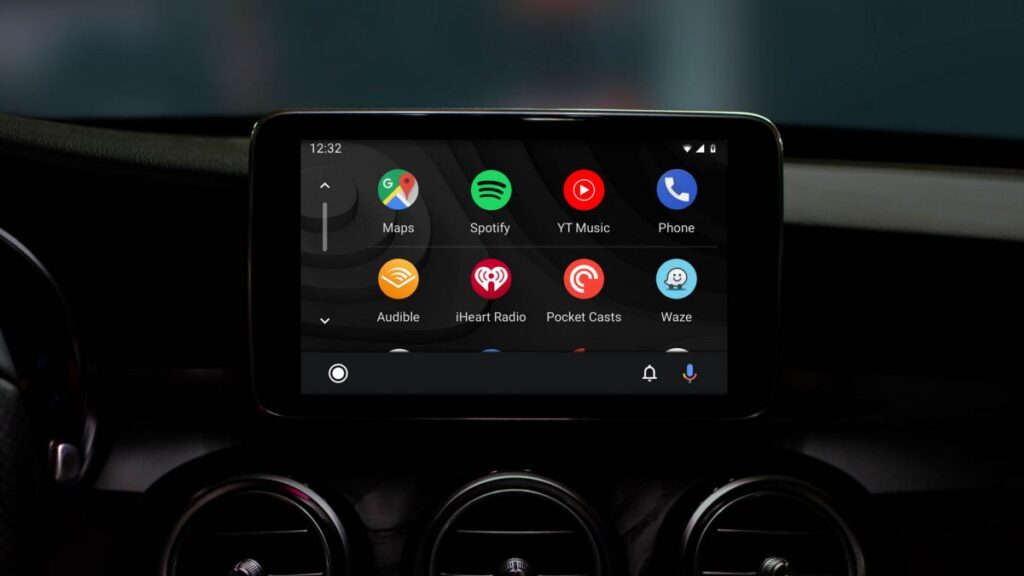
Integration with Vehicle Controls
Compatibility with your vehicle’s existing controls can provide a more integrated experience. Ensure the system can connect to your car’s steering wheel controls, climate control, and other built-in features. This integration can enhance convenience and safety by allowing you to control multiple aspects of your vehicle from a single interface.
Security Features
Consider systems that offer robust security features to protect your data and privacy. Look for options that include password protection, encryption, and the ability to lock or wipe data remotely if the system is stolen. Regular software updates are also crucial for maintaining security and performance over time.
Price and Value
Infotainment Android systems come in various price ranges. Consider your budget and the features you need. Spending a bit more can get you a system with better features and longevity.
Customer Reviews
Read reviews from other users to get a sense of the system’s performance and reliability. Reviews can provide insights into potential issues and overall satisfaction.
Final Words
In summary, car infotainment android systems are powerful tools that enhance safety, convenience, and entertainment while driving. By integrating multiple functionalities into one system, they streamline the driving experience, making it more enjoyable and efficient.


